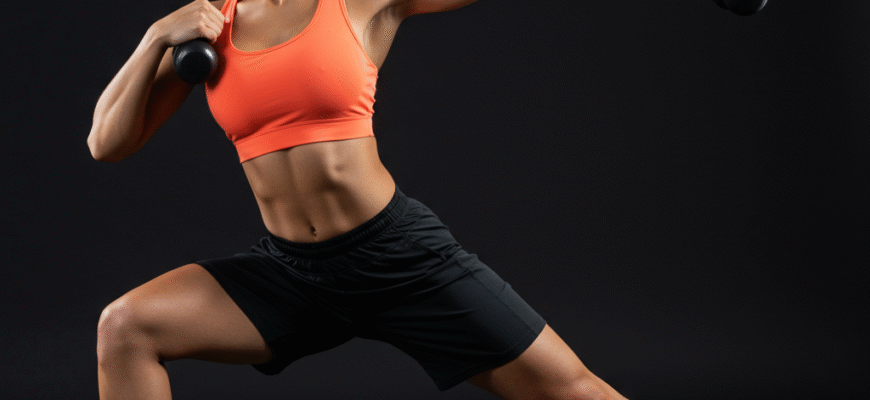Content
Why Make the Switch? The Tangible Benefits
Switching from passive holding to active moving before exercise isn’t just a trend; it’s backed by a growing understanding of exercise physiology. The advantages translate directly into better workouts and potentially safer sessions. Let’s break down why incorporating dynamic stretches into your pre-exercise routine is a game-changer.Improved Athletic Performance
One of the most compelling reasons to adopt dynamic stretching is its positive impact on performance. When you perform dynamic movements, you increase blood flow to the working muscles. This increased circulation delivers more oxygen and nutrients while raising muscle temperature. Warm muscles are more pliable and contract more forcefully than cold ones. Think of it like warming up an elastic band – a cold one might snap, while a warm one stretches easily and returns to shape efficiently. This translates to:- Increased Power Output: Studies have shown that dynamic stretching can enhance power production, crucial for activities involving jumping, sprinting, or lifting weights.
- Enhanced Speed and Agility: By preparing the neuromuscular system – the communication pathway between your brain and muscles – dynamic stretching helps improve reaction time and coordination, leading to quicker, more agile movements.
- Better Endurance: While not its primary function, preparing the muscles efficiently can contribute to delaying fatigue during the workout itself.
Enhanced Functional Range of Motion
Flexibility is important, but the *type* of flexibility matters. Dynamic stretching improves dynamic flexibility – your ability to move your joints actively through their full range of motion. Static stretching improves static flexibility – how far you can passively stretch a muscle. While static flexibility has its place (often post-workout), dynamic flexibility is far more relevant to most athletic activities. By performing movements like high kicks or arm swings, you are actively controlling the movement through the entire range. This not only warms up the muscles involved but also reinforces the movement patterns you’ll use during your sport or exercise. It helps your body become comfortable and efficient moving in ways required by your activity, whether it’s the rotation in a golf swing, the reach in swimming, or the stride length in running.Better Neuromuscular Activation and Coordination
Dynamic stretching does more than just warm up muscle tissue; it primes the nervous system. The controlled, repetitive movements enhance proprioception – your body’s awareness of its position in space. This heightened awareness improves coordination and balance. It essentially wakes up the communication lines between your brain and your muscles, ensuring they fire efficiently and in the correct sequence when you start your main workout. This can lead to smoother, more controlled movements and potentially reduce the likelihood of awkward steps or misjudgments that can sometimes lead to mishaps.Verified Insight: Research indicates that performing dynamic stretches prior to physical activity can lead to measurable improvements in performance metrics such as sprint times and vertical jump height. This type of warm-up actively increases muscle temperature and blood flow. Furthermore, it activates movement patterns similar to those used in the subsequent workout, enhancing neuromuscular readiness.
Mental Preparation and Focus
The pre-workout phase isn’t just physical; it’s mental too. The active nature of dynamic stretching requires focus and concentration. Unlike zoning out during a static hold, you need to control your movements and pay attention to your body. This process helps transition your mind from daily distractions to the task at hand – your workout. It fosters a connection between mind and muscle, improving body awareness and getting you mentally ‘in the zone’ for optimal effort and technique during exercise.Putting Dynamic Stretching into Practice
Incorporating dynamic stretches is straightforward. Aim for 5-10 minutes before your main activity. The key is to choose movements that mimic the actions you’ll be performing. Focus on controlled, smooth motions rather than bouncing or forcing the stretch.Examples of Common Dynamic Stretches:
- Leg Swings (Forward/Backward and Side-to-Side): Improves hip mobility and warms up hamstrings, quads, and hip flexors/abductors.
- Arm Circles (Forward and Backward, Small to Large): Warms up the shoulder girdle.
- Torso Twists: Engages the core and improves spinal mobility.
- Walking Lunges (with or without twist): Prepares hips, glutes, quads, and core; adds a balance component.
- High Knees: Activates hip flexors and improves coordination.
- Butt Kicks: Warms up hamstrings and quads dynamically.
- Cat-Cow Stretch (from yoga): Excellent for spinal mobility and core activation.
- Inchworms: A full-body movement warming up shoulders, core, hamstrings, and calves.









